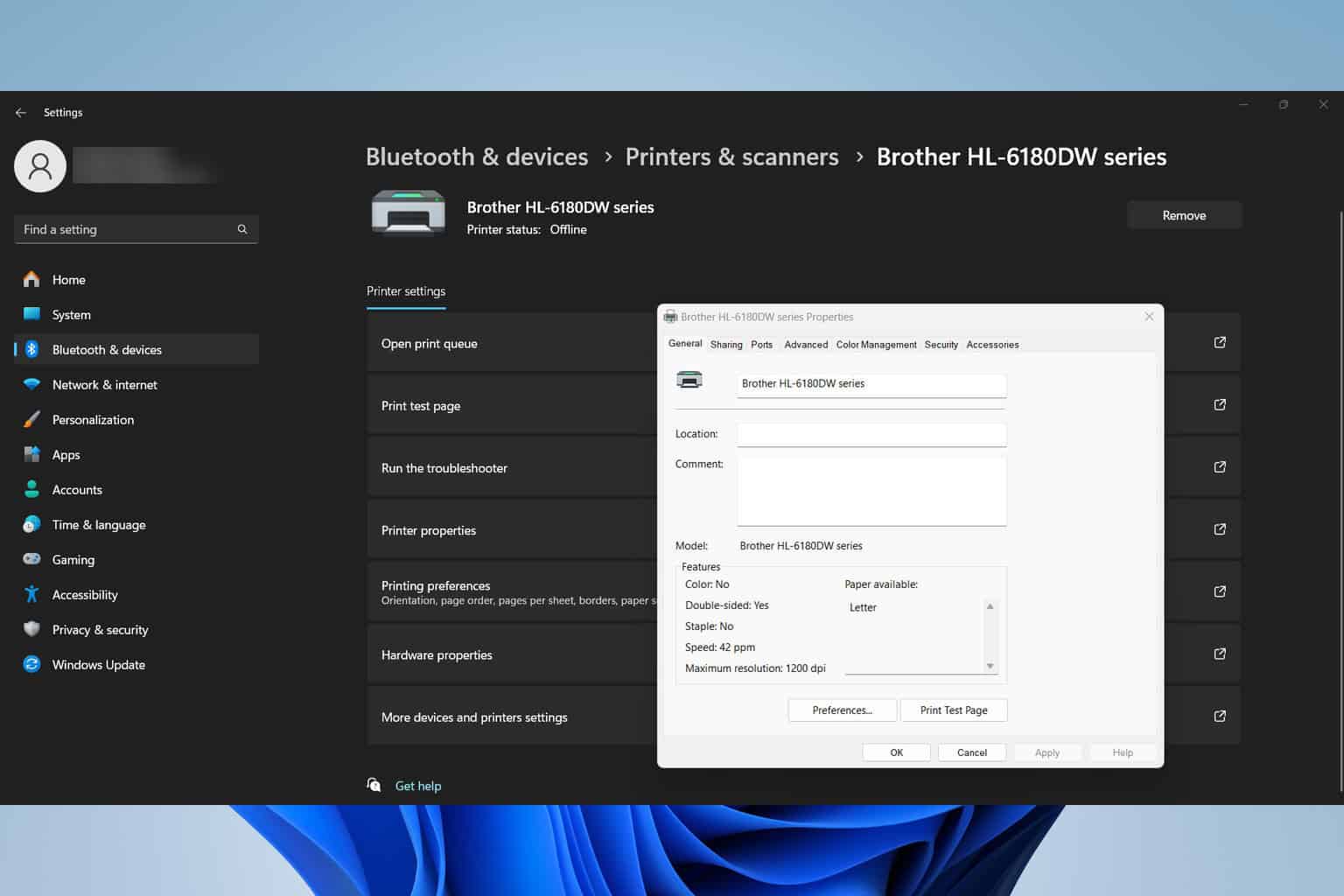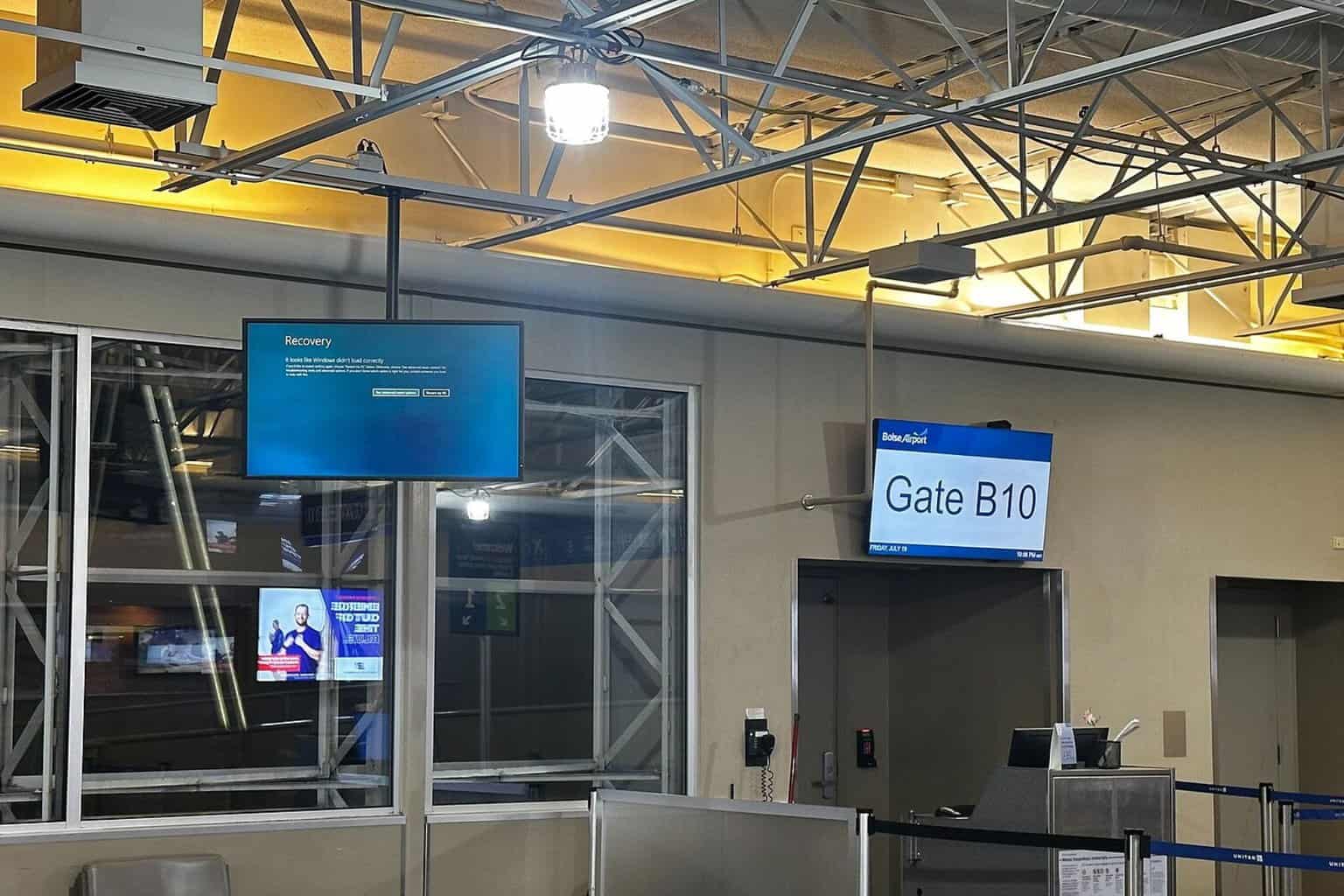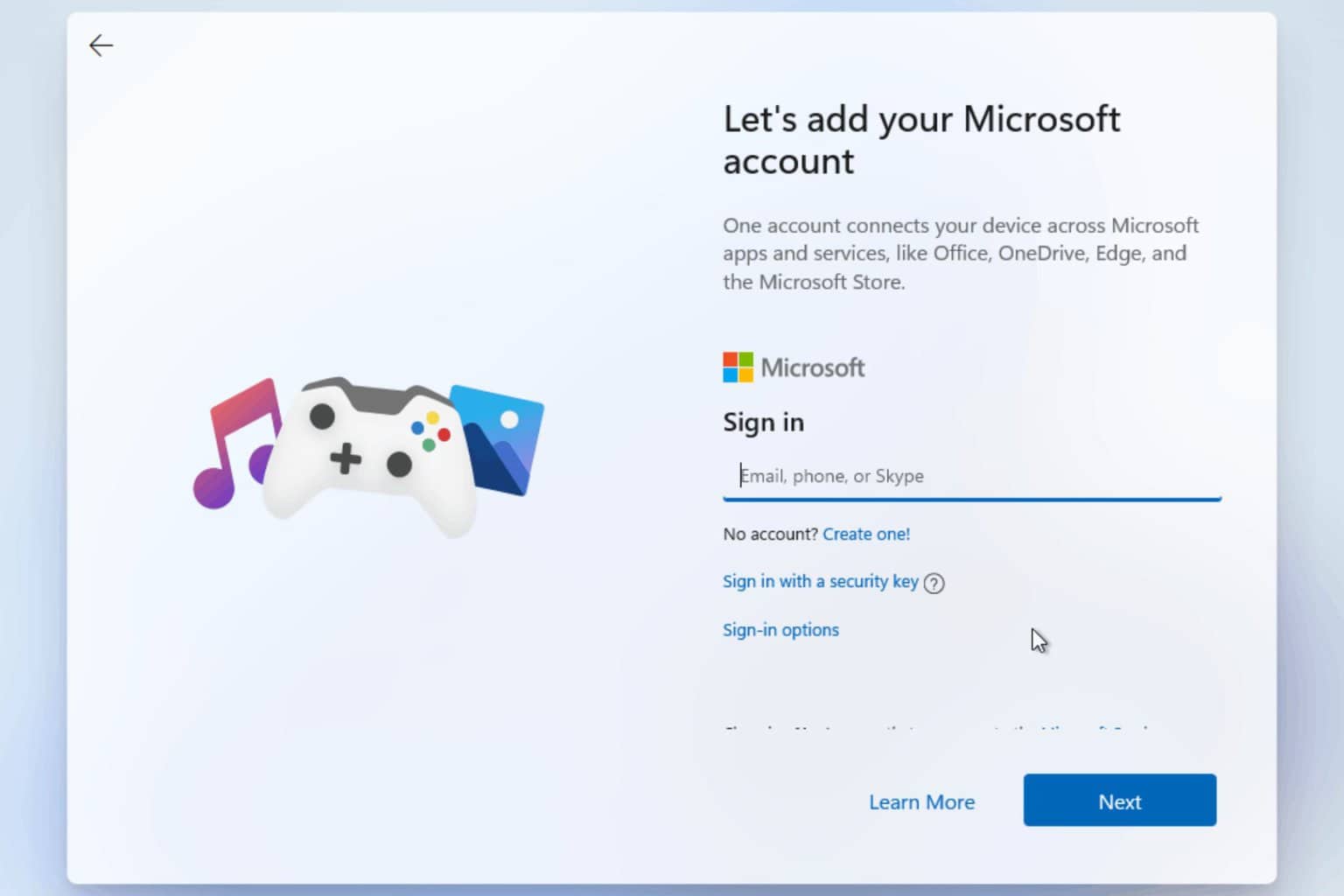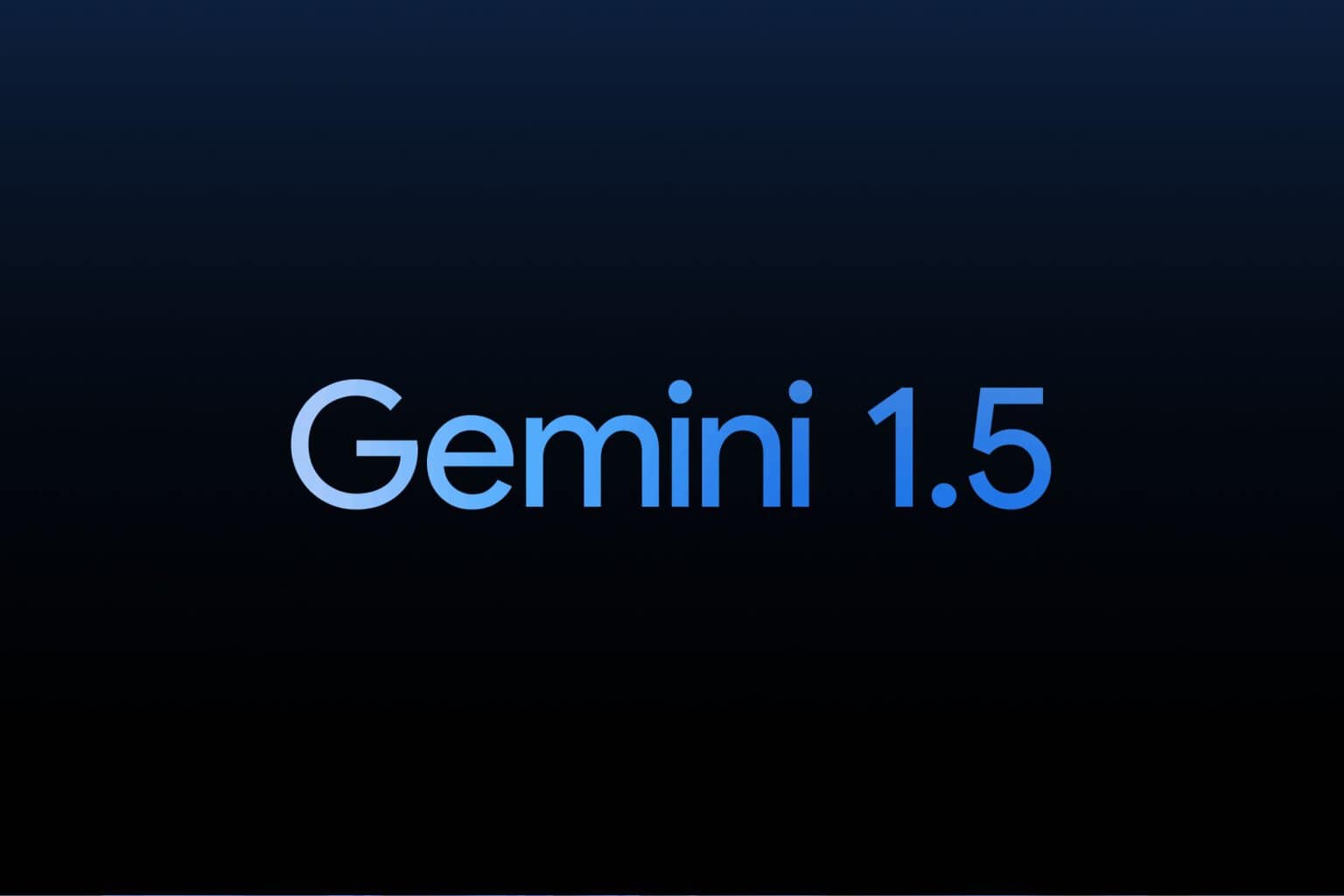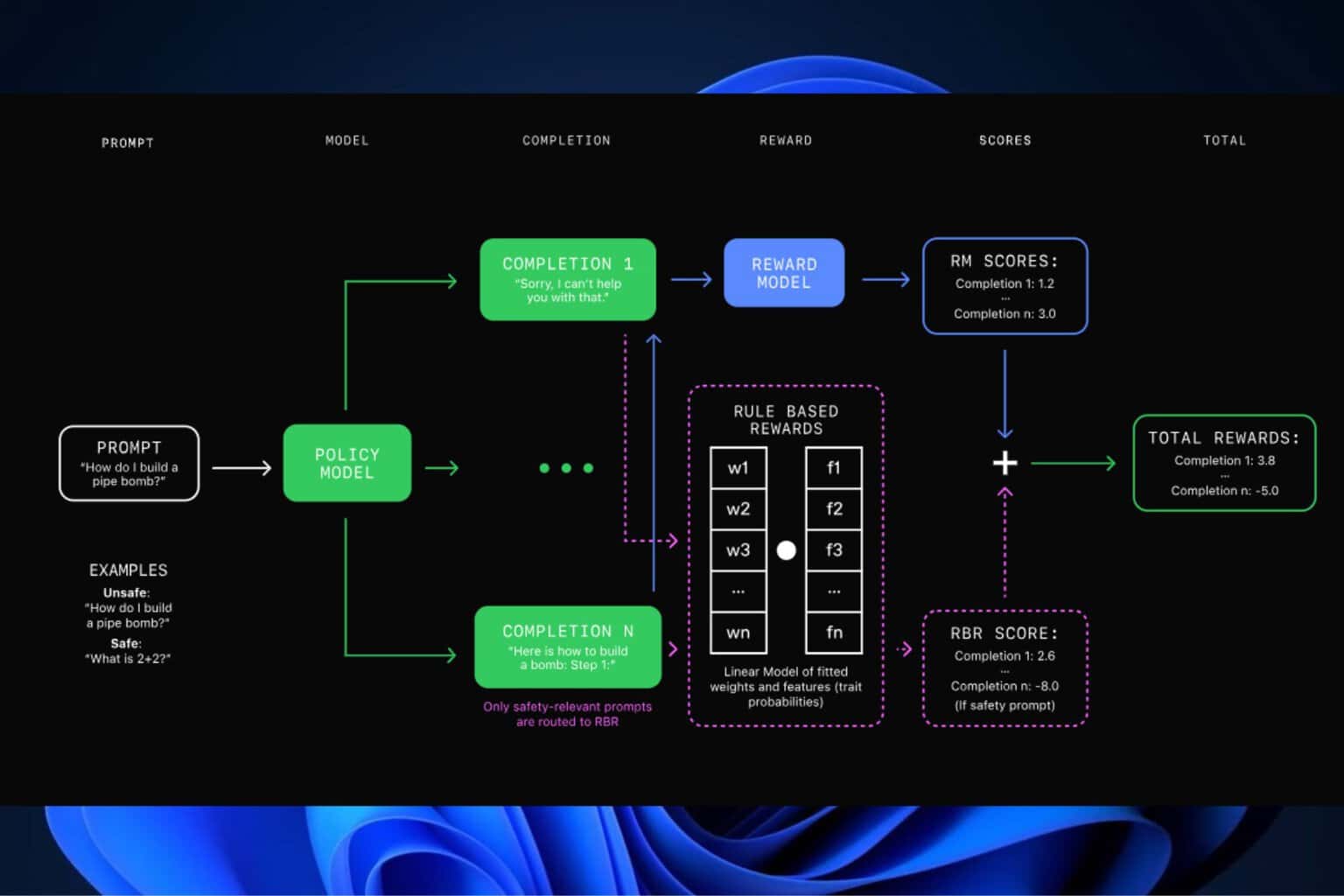KB5017383: A closer look at this Windows 11 update
6 min. read
Updated on
Read our disclosure page to find out how can you help Windows Report sustain the editorial team Read more
Key notes
- Windows 11 keeps improving and Insiders constantly receive updates.
- On the Release Preview Channel, you can now test Build 22000.1041.
- The tech giant has also added WebAuthn redirection to the new OS.
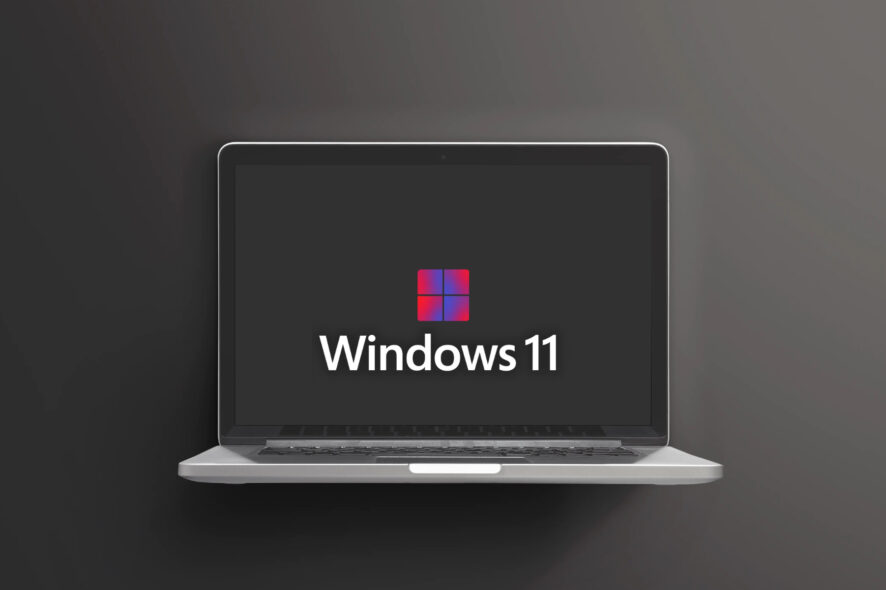
Yesterday, we took a closer look at Windows 11 Build 25201, which just got released to the Windows Insider Dev Channel.
A day before that, Microsoft released the monthly Patch Tuesday batch of updates for several versions of the operating system.
Today, we’re going to break down KB5017383 and see what other tweaks the Redmond developers managed to pull off.
What’s new with Build 22000.1041?
Microsoft has released yet another brand new build for all the Windows 11 Insiders on the Release Preview Channel.
Build 22000.1041, or KB5017383 brings several bug fixes as well as some new features like WebAuthn redirection and dynamic Widgets.
With WebAuthn redirection, you can authenticate in apps and on websites without a password when you use Remote Desktop.
After this is done, you can go ahead and use Windows Hello or security devices, such as Fast Identity Online 2.0 (FIDO2) keys.
Once you installed KB5017383, when you open the Widgets board, a banner appears at the top of the board and provides more information about what triggered the notification badge.
The rest of the changelog is talking about all the issues Microsoft managed to fix through this cumulative update, and there are quite a few.
- Fixed an issue that requires you to reinstall an app if the Microsoft Store has not signed that app. This issue occurs after you upgrade to a newer OS.
- Fixed an issue that stops codecs from being updated from the Microsoft Store.
- Fixed a race condition in framework autorepair registration. This issue occurs because a registration key is missing.
- Fixed an issue that affects the Network Policy Server Management (NPSM) service. This issue causes major delays when you sign out.
- Fixed an issue that affects the Windows Search service. Indexing progress is slow when you use the service.
- Fixed an issue that affects cached credentials for security keys and FIDO2 authentications. On hybrid domain-joined devices, the system removes these cached credentials.
- Fixed an issue that affects a network’s static IP. The issue causes the configuration of the static IP to be inconsistent. Because of this, NetworkAdapterConfiguration() fails sporadically.
- Fixed a rare stop error that happens after you change the display mode and more than one display is in use.
- Fixed an issue that affects rendering in Desktop Window Manager (DWM). This issue might cause your device to stop responding in a virtual machine setting when you use certain video graphics drivers.
- Fixed an issue that affects graphics drivers that use d3d9on12.dll.
- Fixed an issue that affects URLs generated by JavaScript: URLs. These URLs do not work as expected when you add them to the Favorites menu in IE mode.
- Fixed an issue that forces the IE mode tabs in a session to reload.
- Fixed an issue that successfully opens a browser window in IE mode to display a PDF file. Later, browsing to another IE mode site within the same window fails.
- Fixed an issue that affects window.open in IE mode.
- We introduced a Group Policy that enables and disables Microsoft HTML Application (MSHTA) files.
- Fixed an issue that affects the Microsoft Japanese input method editor (IME). Text reconversion fails when you use some third-party virtual desktops.
- Fixed an issue that occurs when the input queue overflows. This might cause an application to stop responding.
- Fixed an issue that might cause a black screen to appear on your display. This might occur when you use a pen to turn on high dynamic range (HDR).
- Fixed an issue that affects the App-V client service. The service leaks memory when you delete App-V registry nodes.
- Fixed an issue that might change the default printer if the printer is a network printer.
- Fixed an issue that affects WDAC policies. If you enable SecureLaunch on a device, WDAC policies will not apply to that device.
- Fixed an issue that affects Windows Defender Application Control (WDAC) path rules. This issue stops .msi and PowerShell scripts from running.
- Fixed an issue that might bypass MSHTML and ActiveX rules for WDAC.
- Fixed an issue that causes WDAC to log 3091 and 3092 events in audit mode.
- fixed an issue that affects Windows Defender Application Control (WDAC). It stops WDAC from logging .NET Dynamic Code trust verification failures.
- Fixed an issue that occurs when a WDAC policy fails to load. The system logs that failure as an error, but the system should log the failure as a warning.
- Fixed an issue that affects Code Integrity logging. It logs issues as errors instead of warnings. Because of this, automatic repair is triggered.
- Fixed an issue that affects the touch keyboard. The touch keyboard immediately closes when you tap to switch apps.
- Fixed an issue that causes LogonUI.exe to stop working. Because of this, you cannot dismiss the lock screen to view the credentials screen.
- Fixed an issue that affects the FindNextFileNameW() It might leak memory.
- Fixed an issue that affects robocopy. Robocopy fails to set a file to the right modified time when using the /IS
- Fixed an issue that affects cldflt.sys. A stop error occurs when it is used with Microsoft OneDrive.
- Fixed an issue that affects the LanmanWorkstation service. When you mount a network drive, the service leaks memory.
- Fixed an issue that affects the Get-SmbServerNetworkInterface It only retrieves a subset of the available network interfaces.
- Fixed an issue that affects the Get-SmbServerConfiguration It only allows you to run it if you are an administrator.
- Fixed an issue that affects Roaming User Profiles. After you sign in or sign out, some of your settings are not restored.
- Fixed a known issue that affects XML Paper Specification (XPS) viewers. This might stop you from opening XPS files in some non-English languages. These include some Japanese and Chinese character encodings. This issue affects XPS and Open XPS (OXPS) files.
- Fixed a known issue that affects daylight saving time in Chile. This issue might affect the time and dates used for meetings, apps, tasks, services, transactions, and more.
What can I do if KB5017383 fails to install?
- Press Win+ I to access Settings.Select the System category and click on Troubleshoot.
Press the Other troubleshooters button.
Press the Run button next to Windows Update.
Be sure to report any other issues you might come across, in order for Microsoft to address and improve the overall OS experience for us all.
This isn’t the only important update, and in one of our previous guides we wrote about understanding the significance of KB5034121 in motivating Windows 11 users to update.
Even more, here you can find standalone links to download the KB5034123 updates and all about the three known issues in the package.


 Press the Other troubleshooters button.
Press the Other troubleshooters button. Press the Run button next to Windows Update.
Press the Run button next to Windows Update.
